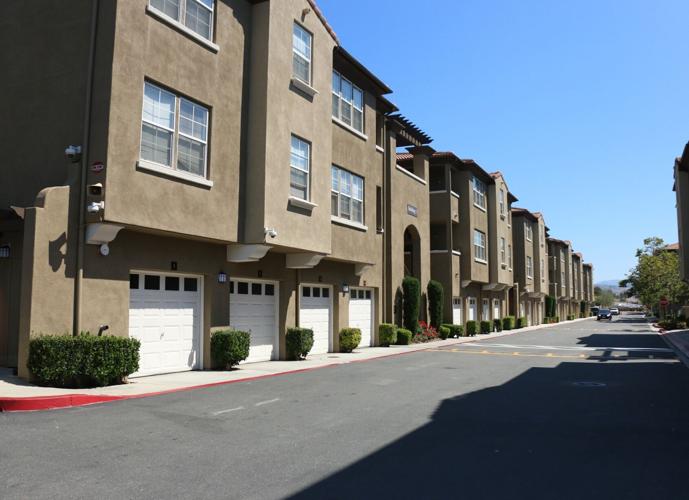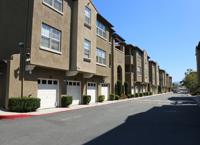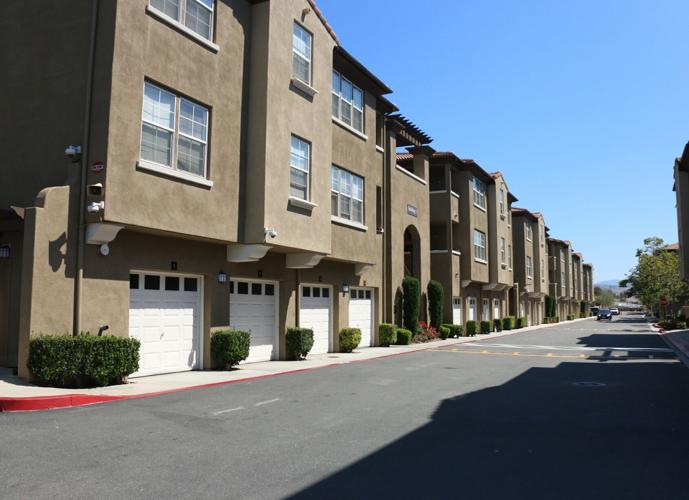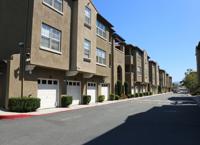Featured Image: The Mendocino Apartments in the Talega community of San Clemente have 185 affordable housing units. Photo: File/Eric Heinz
By Collin Breaux
The presence of affordable housing in an area does not cause an uptick in crimes or decrease property values, researchers at the University of California, Irvine (UCI) found in a recently completed study.
The study was conducted by UCI’s Livable Cities Lab (LCL) and looked at housing data—specifically, in neighborhoods where there was “active development” of affordable housing from 2001 to 2020—and the amount of violent crime in the areas, defined as aggravated assault and robbery.
“Regarding the two violent crimes, we found no evidence of an increase after the placement of housing,” the study said.
According to the data analyzed, the number of aggravated assaults and robberies actually declined in areas near affordable housing sites.
“The siting of affordable housing reduces most types of crime, especially violent crime,” the study said.
Crime data was collected from law enforcement agencies, and partially built on earlier data collected from a separate study that looked at crime incidents from 2005-2012.
As for impacts on property value, that portion of the study looked at data on all residential home sales in Orange County between 2001 and 2020. The researchers focused their analysis on homes sold within two miles of affordable housing developments and within three years before or after the development’s opening date.
“We focused on neighborhoods where we observed active development of affordable housing from 2001 to 2020—every neighborhood in our sample had homes sold both before and after the opening of an affordable housing development,” the study explained.
Researchers focused on the total home sales price and price per square foot, and adjusted sales price values for inflation—as well as accounting for other factors, including the impacts of the 2008 recession.
Researchers observed the sales price of homes near affordable housing sites increased following the establishment of affordable housing.
“Within one-fifth of a mile of the development, the observed home sales price increased by about $15,800 (when considering average home size, this is roughly $9.45 per square foot),” the study said.
“Similarly, among homes sold about a half mile away, the observed increase in sales price was about $14,200 (or $5.56 per square foot), whereas homes sold one mile away increased by $13,500 (or $2.99 per square foot),” according to the report.
The study was a team effort conducted by professors John Hipp, Emily Owens, and George Tita. Tita directs the LCL, which supports facilitating providing “dignified housing for all” and creating “safe communities,” according to the lab’s website.
“The findings are in line with expectations from carefully conducted studies from other cities/regions,” Tita wrote in an email regarding his reaction to the study’s overall findings, after a request for comment from San Clemente Times.
Researchers were prompted to conduct the study since they have a “longstanding interest” in communities and crime, according to Tita.
“This is the sort of work I hope that the LCL will be known for—impactful research that will help inform stakeholders and policy makers,” Tita said.
The research team publicly presented their findings at Irvine City Hall on June 2.
When asked what he hopes people will take away from the study, Tita said that the concerns affordable housing will increase crime and hurt property values “are unfounded.”

Collin Breaux
Collin Breaux covers San Juan Capistrano and other South Orange County news as the City Editor for The Capistrano Dispatch. Before moving to California, he covered Hurricane Michael, politics and education in Panama City, Florida. He can be reached by email at cbreaux@picketfencemedia.com.






